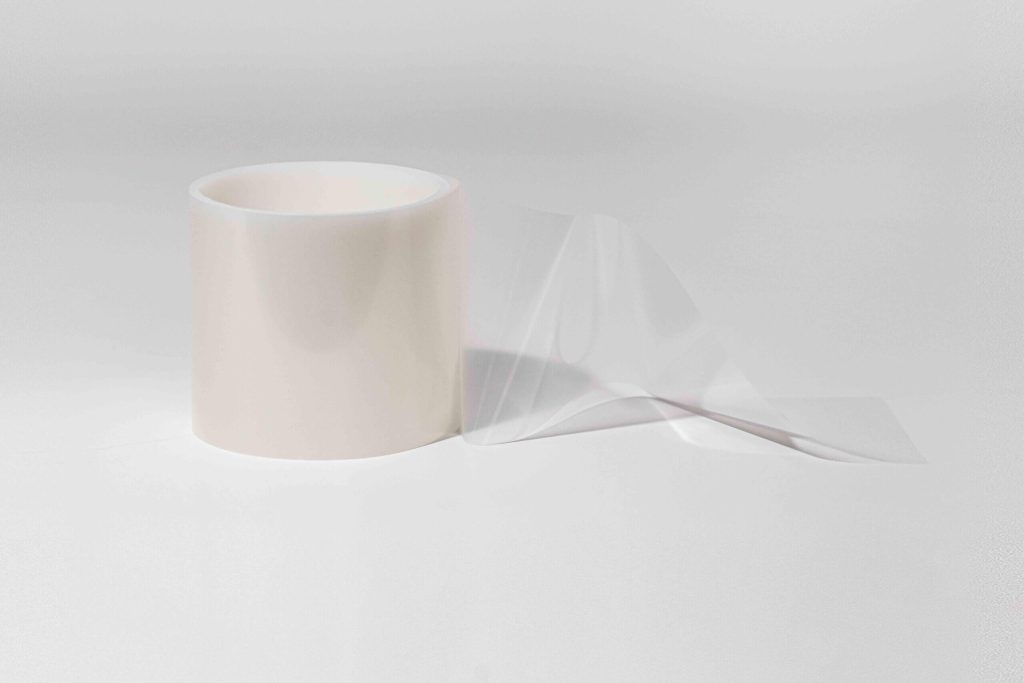Heat seal film is a crucial component in modern packaging, offering a practical and reliable solution for securely sealing various types of products. This type of packaging film is widely used across industries such as food, pharmaceuticals, electronics, and cosmetics, due to its efficiency in preserving product freshness, ensuring safety, and protecting goods from contamination. But what exactly is heat seal film, and how does it work?

What is Heat Seal Film?
Heat seal film is a type of flexible packaging material that uses heat to bond two surfaces together. It’s typically made from plastic polymers such as polyethylene (PE), polypropylene (PP), or other materials that can form a seal when exposed to heat and pressure. Heat seal films are often used in packaging processes such as pouch formation, sealing lids to containers, or laminating materials.
The film itself has a coating that activates when heat is applied, creating a strong, airtight seal. This process prevents leaks and protects the contents from external factors such as moisture, air, and bacteria. This makes heat seal film ideal for products that require long shelf life or extra protection during storage and transportation.
How Does Heat Seal Film Work?
The process of heat sealing involves three primary factors: heat, pressure, and time. Here’s how it works:
- Heat Application: During packaging, heat is applied to the sealable area of the film. The amount of heat depends on the material used in the film and its specific melting point.
- Pressure: Once the heat is applied, pressure is used to press the two layers of the film together. This ensures the bond is formed uniformly and consistently across the sealing area.
- Time: The sealing process is completed in a matter of seconds. The heat and pressure are maintained for a brief time to allow the film’s surface to bond and solidify, creating a tight seal.
These three factors work together to ensure that the packaging is effectively sealed and resistant to any external elements.
Applications of Heat Seal Film
Heat seal film can be found in a variety of packaging applications:
- Food Packaging: From snacks to frozen goods, heat seal film is commonly used to protect food products from contamination, moisture, and oxygen. It ensures that food stays fresh for extended periods.
- Pharmaceutical Packaging: Heat seal films are used in the packaging of tablets, capsules, and other medical products to ensure tamper-proof seals and preserve product integrity.
- Electronics: Small electronics are often packed using heat seal films to prevent static and protect against moisture damage.
- Cosmetics and Personal Care: Heat seal films help to maintain the integrity and freshness of cosmetic products such as creams, lotions, and face masks.
Advantages of Heat Seal Film
- Preservation of Freshness: One of the primary advantages of heat seal film is its ability to create airtight seals, which prevents products from being exposed to air and moisture, thus prolonging their shelf life.
- Tamper Evidence: Heat sealing offers a reliable method of tamper evidence, especially important for pharmaceuticals and food products. Consumers can be sure that the product has not been opened or contaminated before use.
- Cost Efficiency: Heat seal films are often more cost-effective compared to other types of packaging materials, especially for large-scale packaging needs.
- Customization: Heat seal films can be easily customized in terms of size, shape, and design to suit the needs of various products and brands.
- Environmental Considerations: Many manufacturers now offer eco-friendly heat seal films that are recyclable or made from biodegradable materials, helping reduce packaging waste.
How to Choose the Right Heat Seal Film
When selecting heat seal film for your packaging needs, several factors should be considered:
- Material Compatibility: Choose a heat seal film that is compatible with your product and packaging equipment. Not all films work with every type of product or sealing machine, so it’s important to ensure compatibility.
- Seal Strength: The strength of the seal is crucial, especially for products that may face rigorous handling or shipping. Make sure the film you select can form a strong, durable seal.
- Barrier Properties: Consider the barrier properties of the film. If your product is sensitive to oxygen, moisture, or light, choose a heat seal film that offers the appropriate level of protection.
- Environmental Impact: Opt for sustainable options if available, such as recyclable or compostable heat seal films. This helps reduce your environmental footprint.
Conclusion
Heat seal film is an essential packaging solution for a wide variety of products, offering protection, preservation, and tamper evidence. Its versatility and reliability make it a go-to choice for many industries. Whether you’re in the food, pharmaceutical, or electronics sector, selecting the right heat seal film can help ensure your products stay safe, fresh, and secure throughout their journey to consumers.
At Colorful Packaging, we specialize in providing high-quality heat seal films and flexible packaging solutions tailored to your business needs. Explore our range of customizable packaging options and find the perfect solution for your products.
